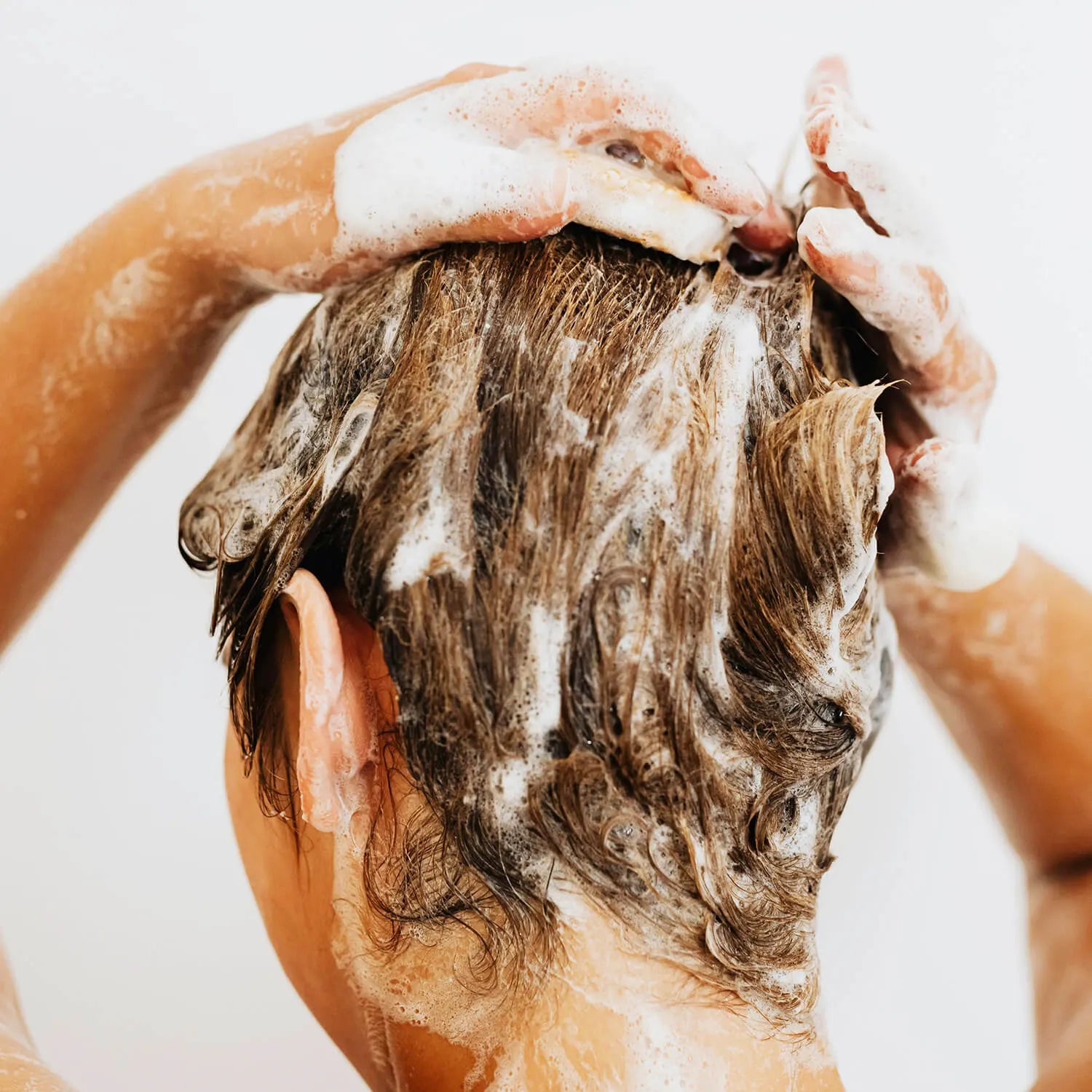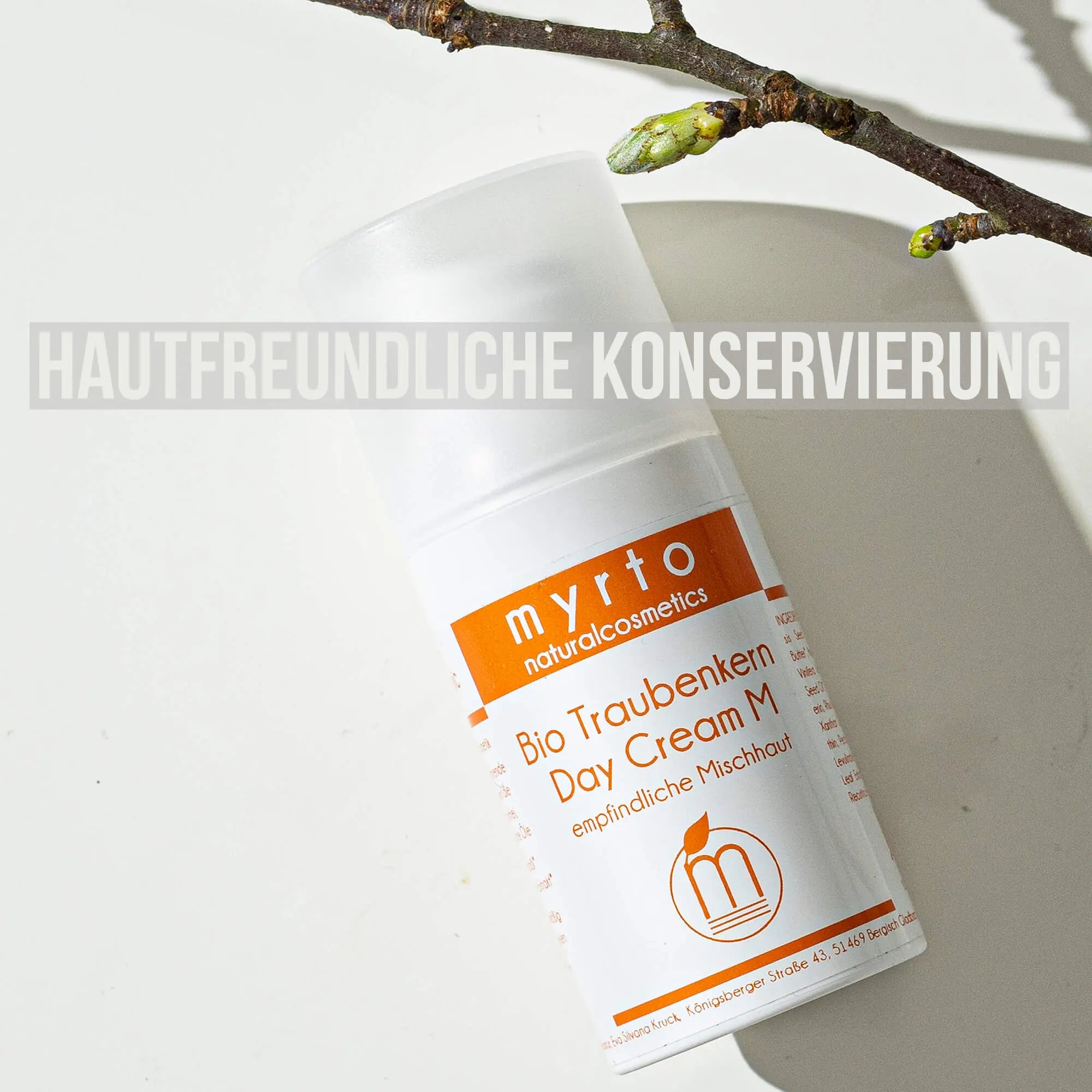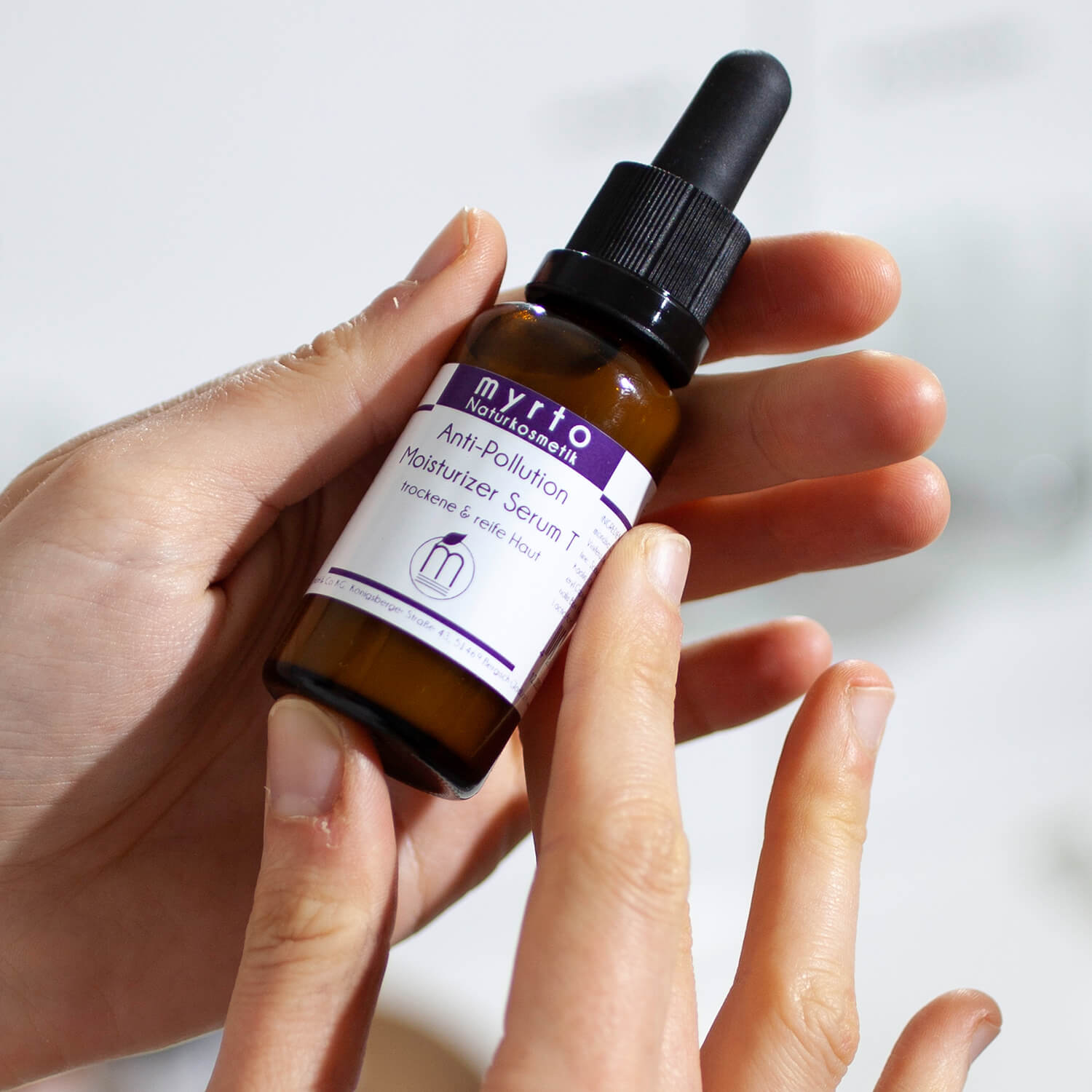
How do the detergent amino acids in myrto organic shampoos work?
Detergents or surfactants
Detergents or surfactants are substances that enable the bond between immiscible liquids of aqueous and oily-greasy origin. Surfactant molecules have two ends: a hydrophilic (water-loving) part and a lipophilic (fat-loving) part. The fat-loving ends bind to grease and dirt in the hair. When rinsing, the water-loving ends bind to the rinse water, so that grease and dirt are washed out of the hair. When detergents mix with the water and arrange themselves in a spherical shape, foam is formed. Foam does not really assist the cleaning process, except that it may make it easier to feel whether the shampoo is evenly distributed.
Surfactants in conventional shampoos
Conventional shampoos usually produce a lot of foam. They are usually based on low-quality detergents from petroleum derivatives such as sodium lauryl sulfate (SLS), sodium laureth sulfate (SLeS), olefin sulfate and cocamidopropyl betaine. These surfactants irritate and dry out the scalp, make it permeable to harmful substances, can cause allergic reactions, damage cells and even damage the genetic material, and are hardly biodegradable in the environment. In contrast, detergents in organic shampoos are of natural, plant-based origin. Unfortunately, organic shampoos usually contain surfactants with a skin-irritating effect such as sodium coco sulfate in very high concentrations. Sodium coco sulfate irritates the scalp and also dries out the hair.
Detergent amino acids in myrto organic shampoos
All myrto organic shampoos are based on particularly high-quality, detergent amino acids in the highest possible concentration. These surfactants of purely plant origin are currently considered to be the mildest available. They preserve the acid mantle and thus the moisture of the skin, and also strengthen the skin barrier. The hair fiber is proven to gain resistance and elasticity, and the hair gains natural fullness and shine. Detergent amino acids produce less foam, but still clean the scalp and hair gently and thoroughly. In addition, they are excellently biodegradable in water within 4 weeks. They therefore make an exemplary contribution to environmental protection.




